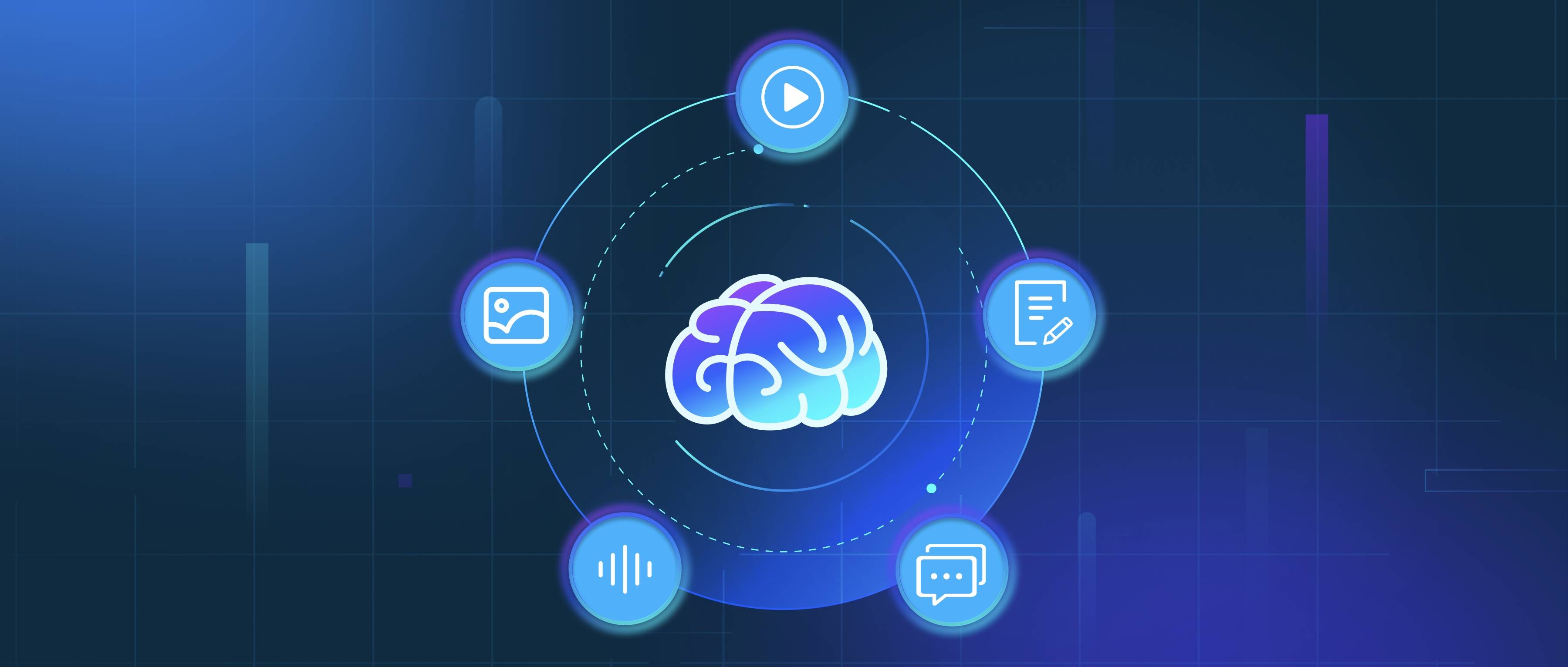In Retrieval-Augmented Generation (RAG) workflows, embeddings are used to bridge the gap between retrieval and generation processes. RAG models first retrieve relevant documents or information from a large corpus using embeddings, then use these embeddings as context for generating answers or content. The key idea is that embeddings allow the model to efficiently search large datasets and select the most relevant information based on its similarity to the query.
In RAG workflows, a query or prompt is encoded into an embedding and compared to the embeddings of documents in the corpus. The most relevant documents, based on their proximity in the embedding space, are retrieved and used as context for generating the final output. This combination of retrieval and generation improves the performance of tasks like question-answering, summarization, and even creative text generation, as the model can leverage external knowledge while still generating coherent, contextually appropriate responses.
Embeddings in RAG workflows help the system efficiently handle large amounts of unstructured data and focus on the most relevant information, allowing for more accurate and relevant outputs. By using pre-trained embeddings to encode both queries and documents, RAG models can operate efficiently in large-scale tasks without having to process all data at once. This approach is particularly useful in domains like open-domain question answering and document summarization, where the model needs to access a wide range of information to generate meaningful outputs.
